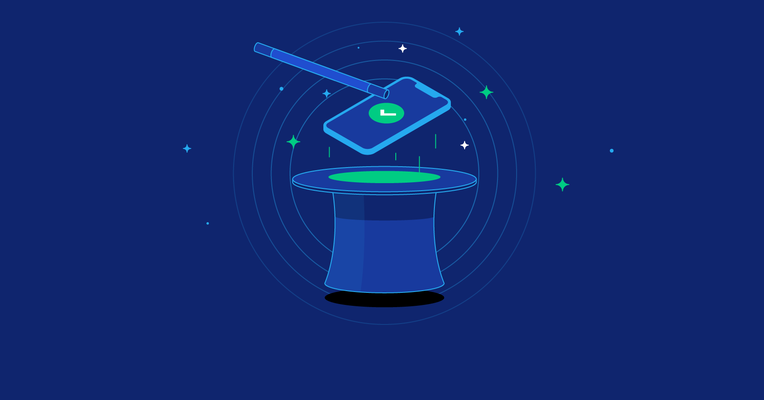Toptal® Product Design Services
No-Risk Trial, Pay Only If Satisfied.

Trusted by leading brands and startups
Toptal® Product Design Services

Human Centered Design
By understanding the user and their needs, human-centered design allows your to develop tailor made solutions by involving the human perspective in all steps of the problem-solving process.

Iterative Design
Continuous cycling through prototyping, testing, and refining, allows designers to produce a highly customizable product, establishing clarity early in development and giving stakeholders visibility of progress.

Cross-Platform Experience
The modern consumer is constantly switching between devices to engage with services on the move. Designing a cross-platform experience is paramount in delivering a seamless experience across multiple devices.
Expertly-Matched Talent
We build teams with top software developers, designers, project and product managers from our global talent network, customized to fit your business needs and business processes. Each person is selected for subject matter expertise and their years of experience working in managed teams.

Developers
Senior software engineers, coders, and architects with expertise across hundreds of technologies.

Designers
Expert UI, UX, Visual, and Interaction designers as well as a wide range of illustrators, animators, and more.

Project Managers
Digital and technical project managers, scrum masters, and more with expertise in numerous PM tools, frameworks, and styles.

Product Managers
Digital product managers and scrum product owners with expertise in numerous industries like banking, healthcare, ecommerce, and more.
Our Process
Define
Design
Deliver
Develop
Build great products with Toptal's Product Design Services.
Why Organizations Choose Toptal
Discover the many ways in which our clients have embraced the benefits of the Toptal network.








Related Services
Toptal's wide selection of related services are tailored to your company needs and delivered by accomplished experts from our global talent network.
Featured Articles in Product Design
Build great products with Toptal's Product Design Services.













